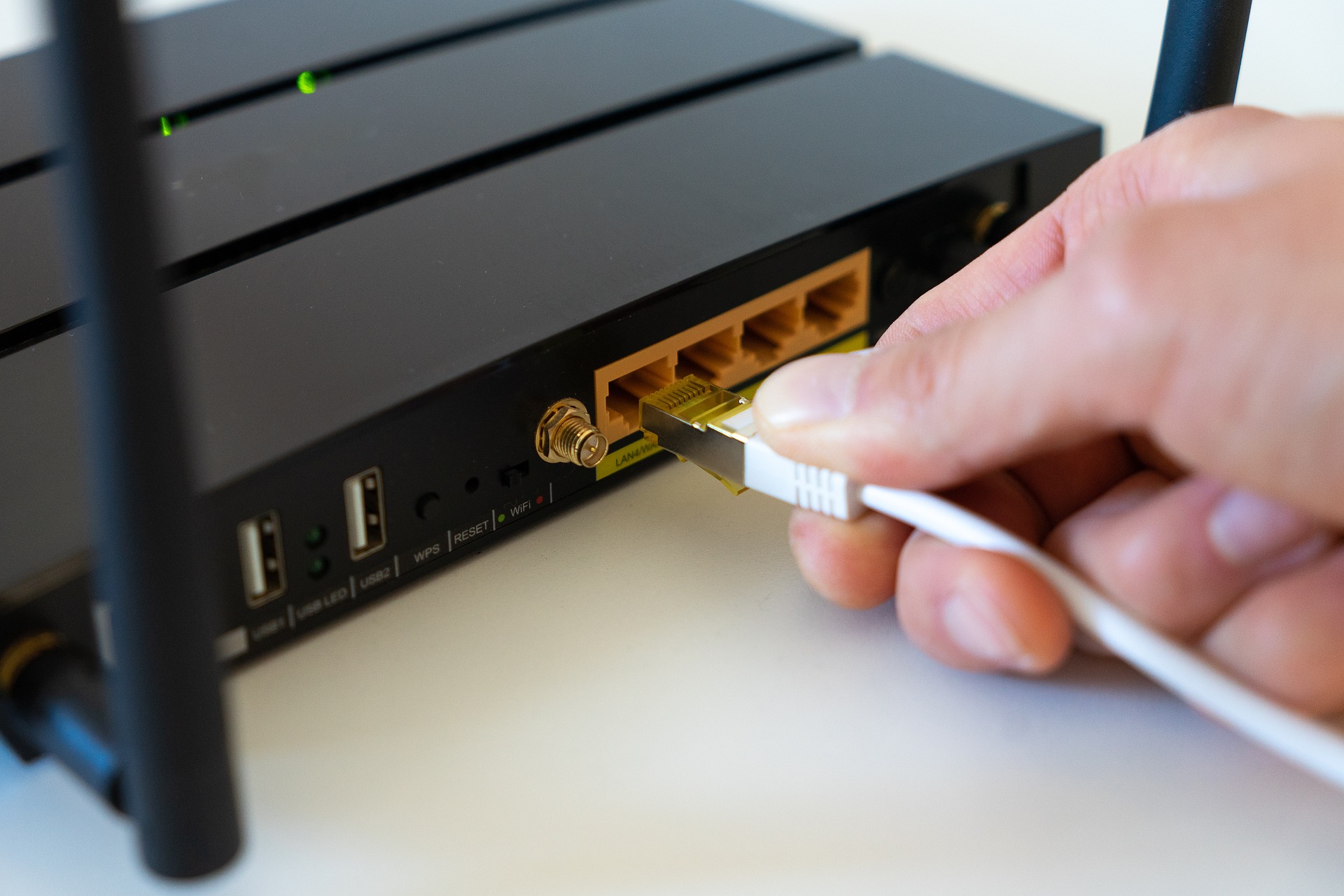Unraveling the Mysteries of Terrestrial Broadband Technology
In a world where high-speed internet has become a necessity, terrestrial broadband technology is the unsung hero, enabling seamless connectivity and data transmission. This article takes a deep dive into the workings of this under-explored technology, tracing its evolution and examining its present and future potential in the telecommunications landscape.
Terrestrial broadband technology, the backbone of our global communications, has a fascinating history. It started with humble beginnings, with dial-up connections providing limited internet access. However, with technological advancements, the scope of terrestrial broadband expanded, moving towards faster, more efficient data transmission technologies like DSL and cable broadband. These developments drastically improved internet speed and reliability, marking a significant milestone in the history of internet technology.
In recent years, the internet and telecom industry has witnessed several transformations, each shaping the way we communicate and access information. Regulatory changes focused on net neutrality and open internet policies have prompted significant shifts in the terrestrial broadband landscape. Experts predict a surge in demand for terrestrial broadband services, driven by the growing need for high-speed internet and the increasing digitization of businesses and services.
One of the most promising terrestrial broadband technologies today is Fixed Wireless Access (FWA). FWA offers broadband services by transmitting signals over the air, rather than through physical cables, making it a flexible and cost-effective solution. However, its adoption is not without challenges. Factors such as signal interference, installation complexities, and availability can affect the performance and accessibility of FWA. Despite these hurdles, FWA holds immense potential in addressing the growing demand for high-speed internet, particularly in areas where wired connectivity is limited or expensive.
Every technical detail mentioned above is backed by extensive research and scientific understanding. While the complexities of terrestrial broadband technology may seem daunting, it’s crucial to remember that this technology significantly influences our daily lives, from video streaming to online banking.
To make sense of these complex topics, it’s essential to strike a balance between technical depth and accessibility. This balance ensures that readers, regardless of their technical background, can understand and appreciate the significance of terrestrial broadband technology.
In conclusion, terrestrial broadband technology, with its rich history and promising future, is a fascinating topic in the realm of internet and telecommunications. As we continue to rely on the internet for various aspects of our lives, understanding the technology that powers our connectivity can be both enlightening and empowering. With terrestrial broadband technology, the possibilities are endless, and the future looks promising. Despite challenges, with continuous innovation and improvement, terrestrial broadband technology will continue to play a pivotal role in our digital lives.





